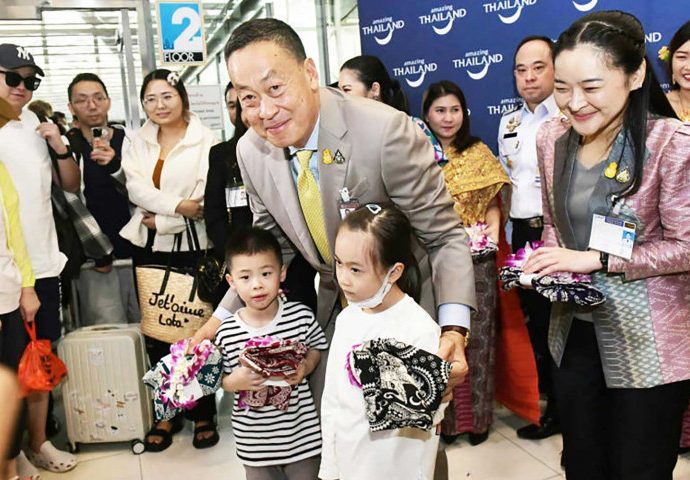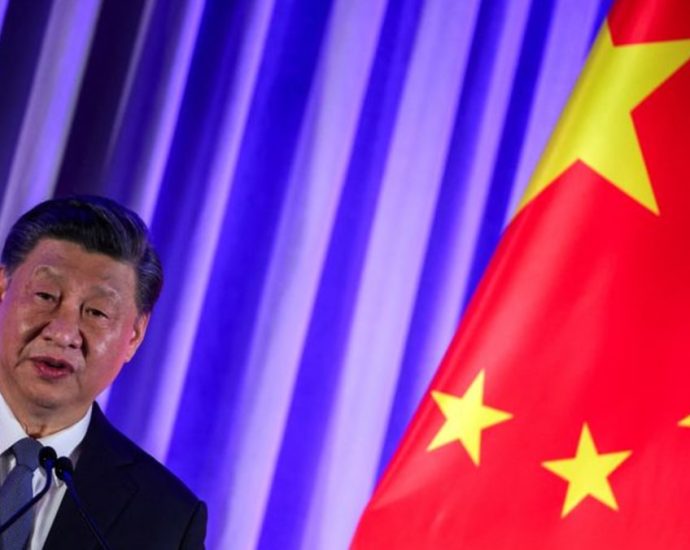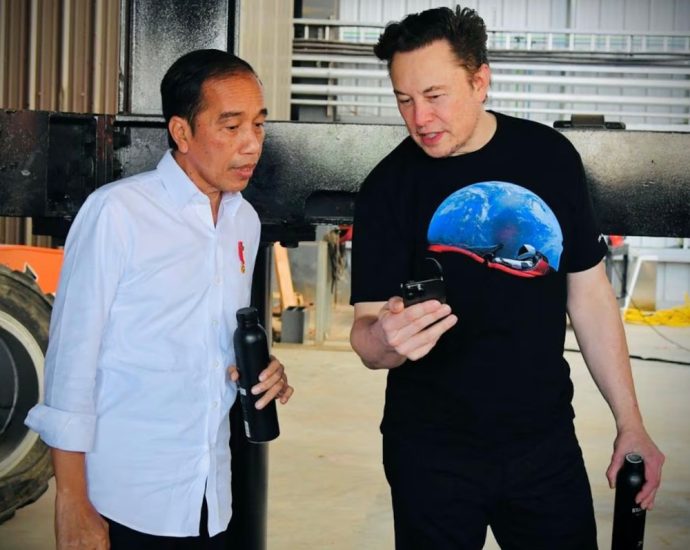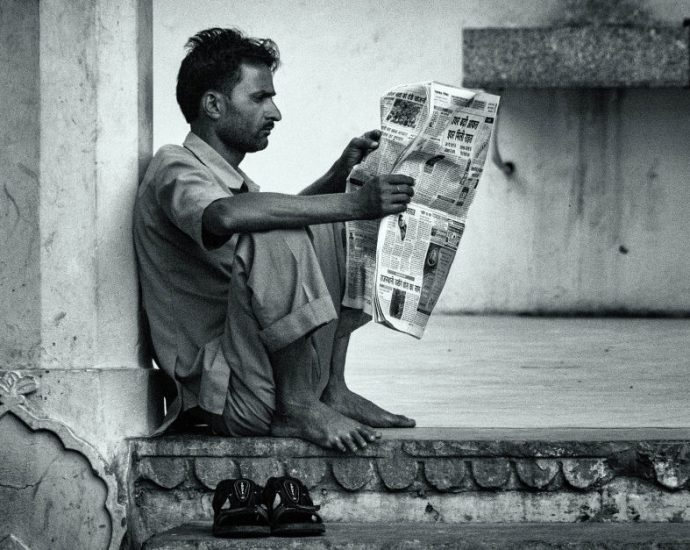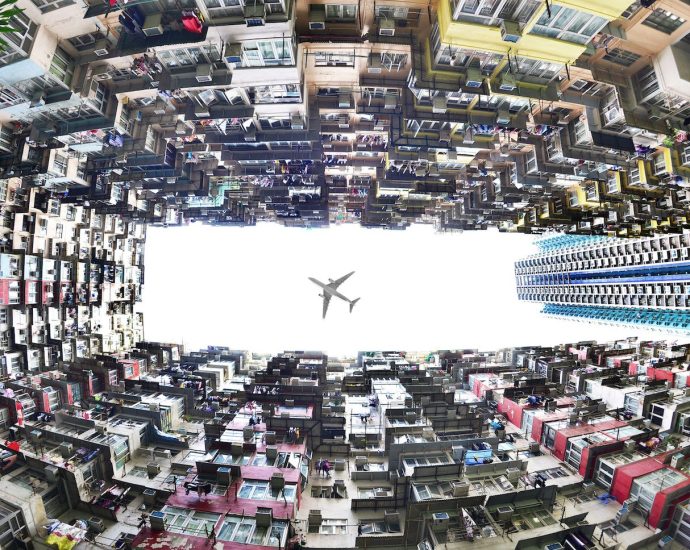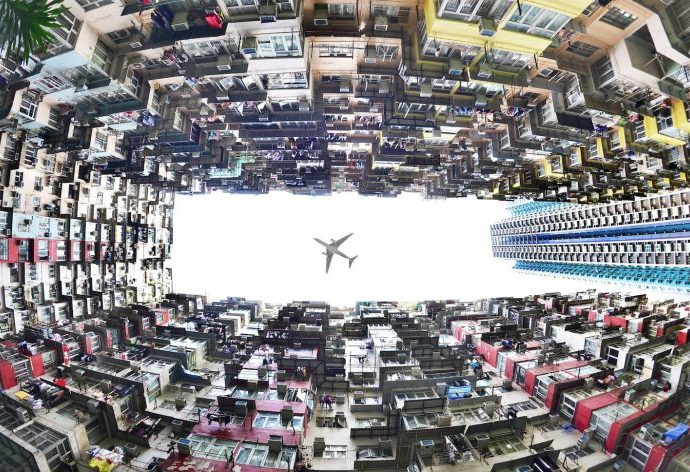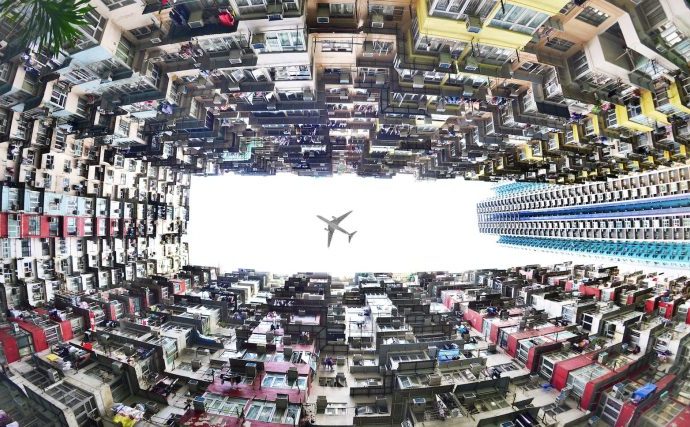EU erecting a green wall against Asia’s textiles
The European Union has released new trade policies and requirements for exporting textiles to the EU market, policies that have been accused of trade protectionism.
Among them, the June 2022 EU Strategy for Sustainable and Circular Textiles (EUSSCT) is likely to significantly impact East Asian textile makers, who supply over 70% of the European Union’s textiles.
Within the EUSSCT, a series of environmental regulations stipulate that by 2030, companies trading clothing and apparel with the European Union must adhere to standards regarding durability, the absence of hazardous substances and the predominant use of recyclable materials.
This strategy is expected to serve as the foundational plan for the evolution towards more sustainable consumption of clothing and apparel by EU member states. In doing so, the European Union could be a pioneer in enforcing its commercial partners to adopt sustainable manufacturing.
Garment, textiles and footwear sectors remain a critical contributor to Asian economies, generating around 60 million jobs for the region and indirect employment for millions more.
The textile industry is still growing in most East Asian countries, with the fastest growth rates recorded in China, Indonesia, Vietnam and Cambodia.
The region is the production hub for heavyweights of the European fast fashion industry like Nike, Zara, C&A and H&M. Textiles are the fourth largest burden on the environment stemming from European consumption.

The East Asian region is the main garment producer in the world – playing a key role in the textile and garment supply chain. In 2019, the region made up around 55% of global textiles exports.
For example, Vietnam exported apparel, garment and textile products valued at US$37.6 billion to the global market in 2022. Out of these exports, 5.4 billion euros ($5.8 billion) went to the European Union.
The industry is seeing rapid growth, which is partly attributed to increased engagement in Southeast Asia driven by the EFTA–Singapore Free Trade Agreement and the EU–Vietnam Free Trade Agreement (EVFTA). The EVFTA has led to an increasing reliance on the EU market by Vietnamese goods.
Yet since the Covid-19 pandemic, the East Asian garment and textile industry has struggled due to lower demand in key markets, including the European Union and the United States. Textile exports from Indonesia, Malaysia, Thailand and Vietnam also fell in 2020.
In light of this, the EUSSCT’s new regulations may impact East Asian garment and textile manufacturers more significantly than previously anticipated.
The EUSSCT is expected to pose challenges and potentially increase costs for the East Asian apparel sector. Enterprises operating within this sector should be proactive in adapting to these forthcoming regulations to ensure exports continue.
The European Union has set 2030 as the target year for full circularity. This places pressure on textile and clothing businesses to comply with different aspects — including circularity, traceability and decarbonization.

East Asian clothing and apparel producers who do not utilize recyclable materials may face heightened scrutiny. Also, this sector’s heavy water and chemical usage contributes to severe water pollution as it discharges substantial volumes of wastewater containing hazardous substances into rivers and waterways. Reducing carbon emissions will require changes to the sector’s business models and technological and process innovations.
But opportunities abound. The domestic transformation required to meet EU standards could make the region better prepared if other developed markets implement similar policies.
Embracing green production practices can have a positive impact on the local environment and the quality of life of East Asian people. It can also open up new sustainable production and business opportunities. In turn, this could attract more foreign investment from developed countries.
Despite the challenges caused by these new regulations, companies in the region are proactively addressing them. Singapore-based Ramatex has already made strides in sustainability by researching how to create clothes that do not shed microfibers.
In Vietnam, the Spectre garment factory relies on renewable energy to power its operations, while South Korea’s Hansae Group and the Hanoi Textile and Garment Joint Stock Corporation have collaborated to produce recycled textiles for exports to the European Union.
To some extent, opportunities for environmental progress depend on existing capabilities and other facilitating factors, including policy frameworks and infrastructure. Mitigating the environmental impact of textile manufacturing requires a systemic shift towards a circular economy.
This transition should encompass green public procurement, eco-design, labeling and standards, and increasing producers’ responsibility. It is imperative to adopt a new development approach that is both net-zero carbon and environmentally restorative.
A substantial challenge in the sustainability transformation of the textile industry in East Asia is the limited knowledge and technical know-how regarding environmental sustainability.

To make the East Asian textile and apparel industry greener, key projects must be set in motion. They include investing in research and development and providing comprehensive education and training programs to increase expertise in environmental sustainability.
Governments should also enact supportive policies and incentives for sustainable manufacturing in the textile sector, including tax incentives and subsidies. These incentives should encourage the adoption of eco-friendly technologies and promote green supply chain practices.
International and domestic collaborations to share best practices and strategies for sustainability are also vital. By addressing these issues, East Asian textile and apparel manufacturers can better position themselves to meet the evolving standards of the European market and improve their sustainability.
Associate Professor Dr Hoang Hai Ha is Senior Lecturer at the Faculty of History, Hanoi National University of Education.
This article was originally published by East Asia Forum and is republished under a Creative Commons license.



